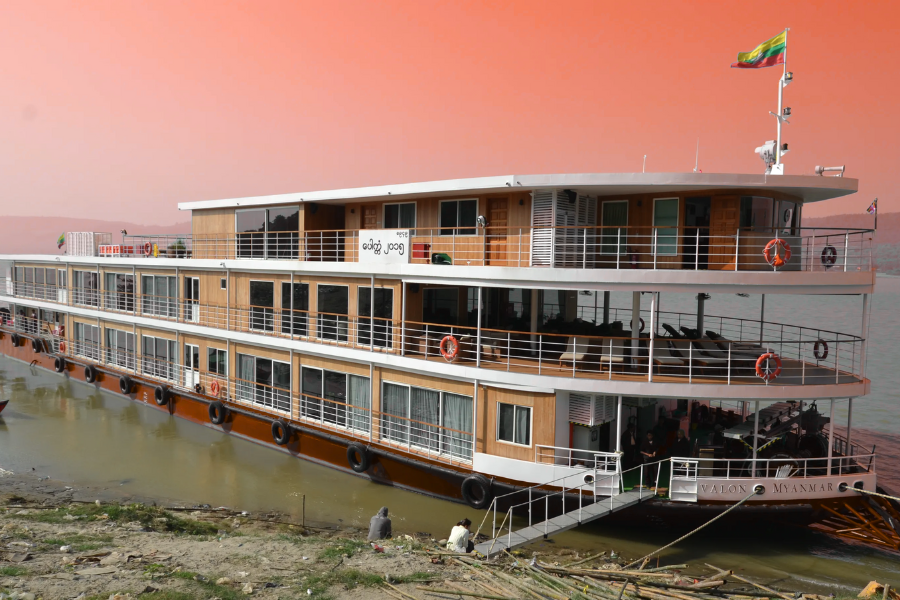Introduction
Myanmar, a country rich in cultural traditions and natural beauty, is seeing a resurgence of interest in its local boats. These boats, often hand-crafted and deeply tied to the daily lives of communities along rivers and lakes, are gaining popularity not only for transportation but also for tourism, cultural identity, and sustainable practices. The renewed attention reflects both local pride and international curiosity.
The Importance of Boats in Myanmar’s Culture
For centuries, rivers such as the Ayeyarwady (Irrawaddy) and Inle Lake have been central to Myanmar’s lifestyle. Boats are not just vessels for travel; they are lifelines for fishing, transporting goods, and connecting villages. Traditional craftsmanship ensures these boats are lightweight yet strong, built from local wood, and designed to endure Myanmar’s seasonal shifts. Their construction techniques have been passed down for generations, making them cultural artifacts as much as practical tools.
Tourism and the Rise of Local Boats
The tourism sector has contributed significantly to the popularity of local boats. Inle Lake, famous for its leg-rowing fishermen, draws thousands of visitors every year. Tourists often seek authentic experiences, and riding in these traditional boats provides a glimpse into Myanmar’s unique way of life. Similarly, river cruises on the Irrawaddy, using upgraded versions of local boats, allow travelers to explore ancient cities like Bagan from a completely different perspective.
Modern Adaptations of Traditional Boats
While the designs remain rooted in tradition, many local boat builders have adapted their craft to modern needs. Boats are now fitted with small motors for efficiency, while others retain the traditional paddling methods for cultural tourism. Some communities have begun to design eco-friendly boats using sustainable materials and solar-powered systems, aligning with global environmental trends. This modernization has helped the boats remain relevant in a rapidly changing society.
Economic Opportunities for Local Communities
The growing interest in local boats has opened new economic opportunities. Craftsmen and boat-builders now find steady demand, not only from local fishermen but also from tourism operators and collectors. Local families offer guided tours, boat rides, and even cultural shows onboard, creating income streams that help sustain entire communities. For many rural villages, boats represent not only tradition but also financial stability.
Symbol of Identity and Resilience
Beyond their practical and economic roles, local boats symbolize resilience and identity for Myanmar’s people. Despite modernization and urban expansion, communities still rely on rivers and lakes as vital resources. Preserving the art of boat-making helps safeguard Myanmar’s heritage. For locals, the boats embody a balance between honoring tradition and embracing progress.
Challenges and Future Prospects
Despite their rising popularity, local boats face challenges. Mass-produced motorboats, pollution, and the younger generation’s declining interest in traditional craftsmanship pose risks to the continuity of this heritage. However, with increasing tourism demand and global attention on sustainable practices, there is potential for revival. Government initiatives, NGO support, and local entrepreneurship could ensure that these boats continue to thrive.
Conclusion
A local boat in Myanmar is more than just a vessel—it is a bridge between past and present. As it gains popularity, both locally and internationally, it reinforces Myanmar’s cultural pride, strengthens community livelihoods, and highlights the importance of sustainable traditions. With thoughtful preservation and innovation, these boats will continue to sail as enduring symbols of Myanmar’s heritage and resilience.
